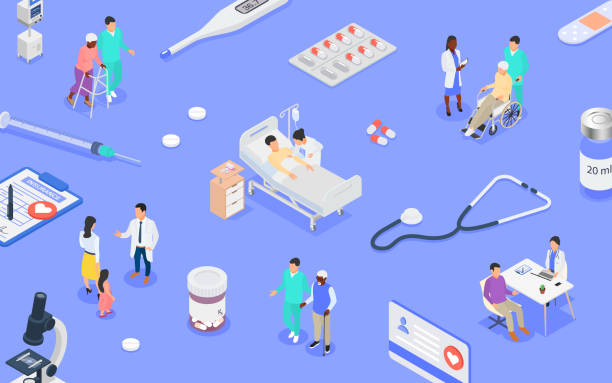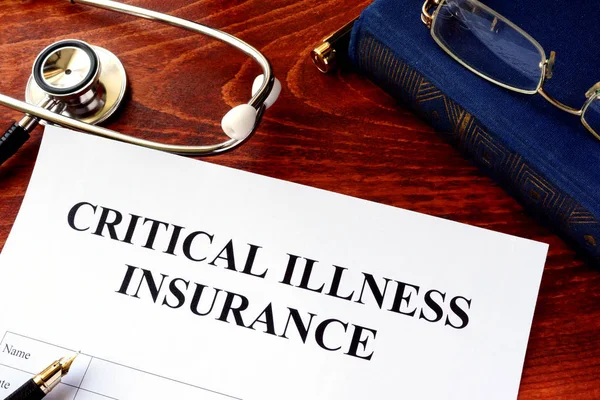Introduction
As medical expenses are increasing day by day, a critical illness insurance policy acts as a financial shield. A single diagnosis of a severe medical illness such as cancer, heart disease, kidney failure can derail your finances, making it essential to be prepared. This insurance provides a lump sum amount if the insured is diagnosed with a critical illness covered under the policy, helping them manage treatment costs, household expenses, and even loss of income.
What is Critical Illness Insurance?
Critical illness insurance is a type of health coverage that pays out a lump sum when the policyholder is diagnosed with a life-threatening illness such as cancer, heart attack, stroke, kidney failure, or multiple sclerosis. Unlike traditional health insurance, which reimburses hospital bills, this policy provides a one-time payout, which can be used at the policyholder’s discretion.
Why is Critical Illness Insurance Important?
- Rising Medical Costs: Treatments cost for critical illnesses can be Rs. 5 lakhs or above and often require long-term health care.
- Income Protection: A critical illness can result in an inability to work, leading to a loss of income and create financial burden.
- Comprehensive Coverage: Covers not just hospital bills but also rehabilitation, alternative treatments, and daily expenses.
- Peace of Mind: Knowing you have financial backup allows you to focus on recovery.
How Does Critical Illness Insurance Work?
- Choose a Policy: Select a policy based on coverage amount, premium, and illnesses covered.
- Diagnosis of Critical Illness: If diagnosed with an illness listed in the policy, you need to submit medical proof.
- Claim Process: Upon verification, the insurer disburses the lump sum amount.
- Utilization of Funds: The insured can use the payout for treatment, household expenses, or even debt repayment.
Key Features of Critical Illness Insurance
- One-Time Payout: A lump sum is given upon diagnosis, irrespective of actual medical costs.
- No Restrictions on Usage: The payout can be used for any expenses, including non-medical needs.
- Coverage for Multiple Illnesses: Policies typically cover 10-50 critical illnesses.
- Flexible Payout Options: Some plans offer staggered payments for different stages of illness.

Diseases Covered Under Critical Illness Insurance
Most policies cover the following conditions:
- Cancer (excluding minor types)
- Heart Attack (Myocardial Infarction)
- Stroke
- Kidney Failure
- Major Organ Transplant
- Multiple Sclerosis
- Paralysis
Who Should Buy Critical Illness Insurance?
- Individuals with a Family History of Critical Illnesses: If your family has a history of heart disease, cancer, or neurological disorders, this insurance is highly recommended.
- Sole Earners of the Family: If you are the primary breadwinner, a critical illness could impact your family’s financial stability.
- People in High-Stress Jobs: Jobs that induce stress can lead to lifestyle diseases.
- Self-Employed Professionals: Without employer-provided health benefits, this policy can be a lifesaver.
How to Choose the Best Critical Illness Insurance Policy?
- Coverage Amount: Choose a sum assured that covers at least 3-5 years of expenses.
- Number of Illnesses Covered: More covered illnesses mean better protection.
- Waiting Period: Check the duration before claims become valid.
- Survival Period: Some policies require the insured to survive a certain number of days post-diagnosis.
- Claim Settlement Ratio: Opt for insurers with a high claim settlement ratio.
- Premium Costs: Ensure the premium is affordable in the long run.
Critical Illness Insurance vs. Health Insurance
| Feature | Critical Illness Insurance | Health Insurance |
| Payout Type | Lump sum on diagnosis | Reimbursement/Direct billing |
| Usage Flexibility | Can be used for any purpose | Only for medical expenses |
| Coverage | Specific illnesses only | Covers hospitalization, OPD, and general healthcare |
| Premium | Higher for comprehensive plans | Varies based on coverage |
| Survival Period Requirement | Yes, usually 30 days | No |
Common Myths about Critical Illness Insurance
1. “I already have health insurance; I don’t need this.”
Health insurance covers hospitalization bills, but critical illness insurance provides financial aid for additional expenses like lost income, rehabilitation, and home care.
2. “It’s too expensive.”
Premiums vary based on age, coverage, and health history. Starting young can secure affordable rates.
3. “I am healthy, so I don’t need it.”
Illnesses can strike unexpectedly. Early preparation ensures financial security when needed.
4. “The claim process is complicated.”
Reputed insurers have simplified claim processes with minimal paperwork.
Conclusion
Critical illness insurance is not just an additional policy but a financial necessity. It offers security, peace of mind, and a financial cushion during life-threatening medical conditions. Investing in the right policy ensures that your focus remains on recovery rather than financial stress. If you haven’t already considered this, now is the time to evaluate your needs and invest in a plan that safeguards your future.



Leave a Reply to 10 Benefits of Regular Preventive Health Check-ups Cancel reply